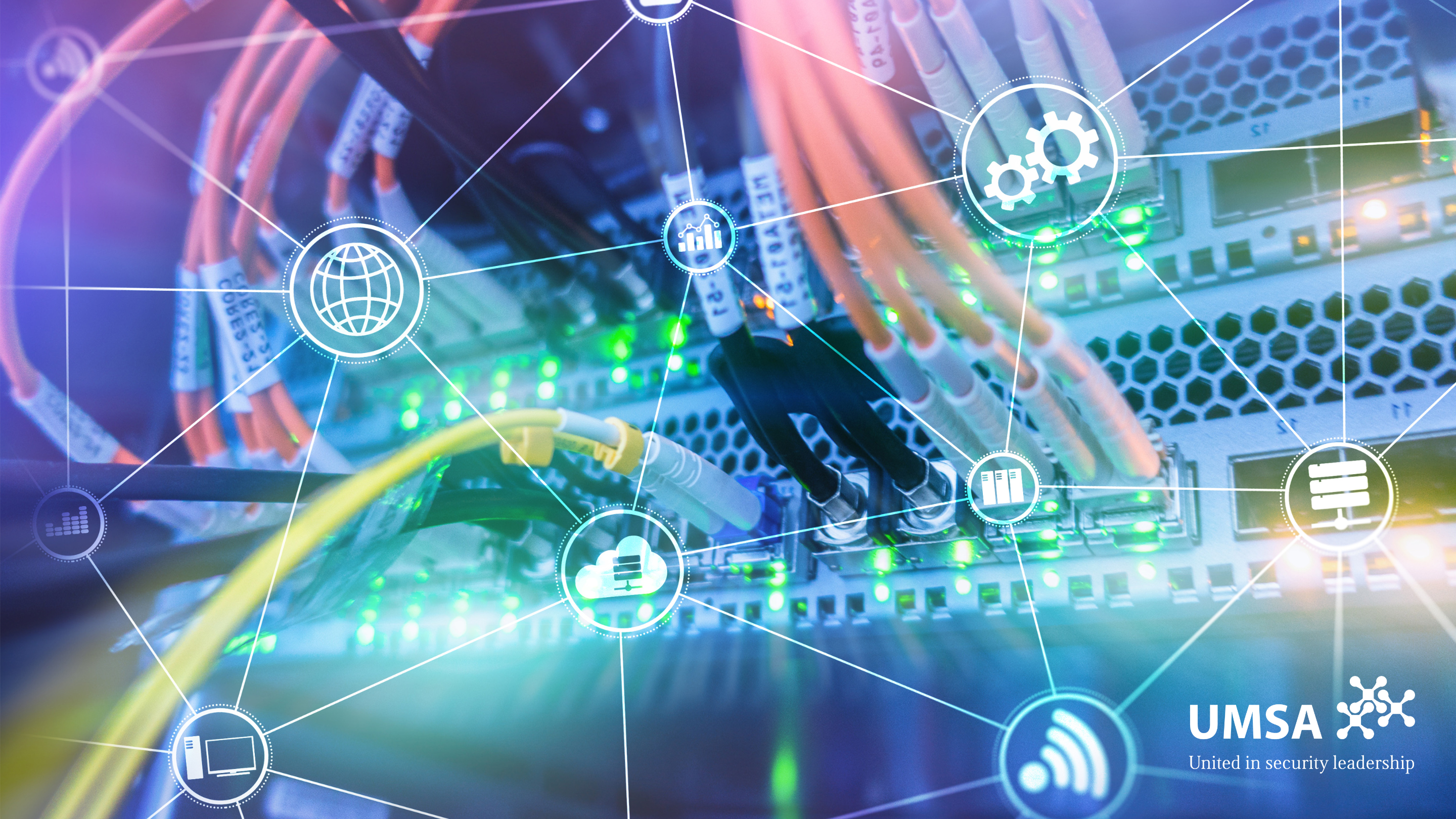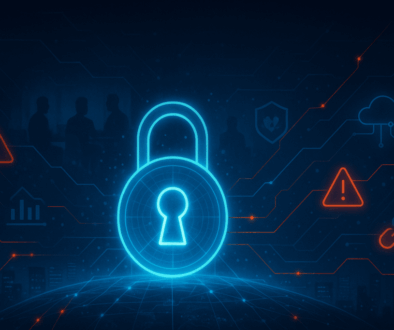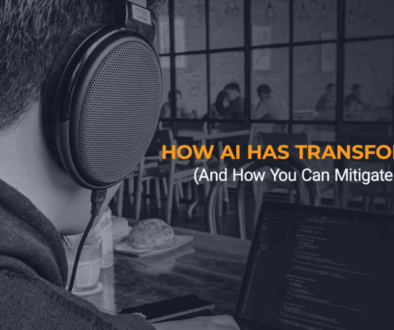The Role of Artificial Intelligence in Strengthening Critical Infrastructure Security

Author: Marie Strawser, Managing Director, UMSA
The Role of Artificial Intelligence in Strengthening Critical Infrastructure Security
As critical infrastructure systems become more complex and interconnected, they also become more vulnerable to threats. From transportation networks and energy grids to water systems and telecommunications, these vital services form the backbone of modern society. Their failure or compromise—whether through cyberattacks, natural disasters, or operational failures—can lead to catastrophic consequences.
To counter these risks, artificial intelligence (AI) is playing an increasingly important role in bolstering critical infrastructure security and resilience. By automating processes, predicting potential issues, and offering real-time solutions, AI is reshaping the way we approach infrastructure protection. Here, we explore how AI-driven solutions are enhancing cybersecurity, predictive maintenance, and disaster recovery in key sectors.
AI-Driven Cybersecurity for Critical Infrastructure
One of the greatest challenges facing critical infrastructure today is the rise of sophisticated cyberattacks. These attacks, often backed by nation-states or organized cybercriminals, target essential services like electricity grids, water treatment plants, and telecommunications systems. A successful breach can disrupt entire regions, resulting in economic losses and even threats to public safety.
AI-driven cybersecurity solutions are transforming how organizations detect and respond to these attacks. Traditional cybersecurity defenses often struggle to keep up with the speed and complexity of modern threats. AI’s ability to process vast amounts of data in real-time, recognize patterns, and identify anomalies makes it a game-changer.
- Threat Detection and Prevention: AI systems use machine learning (ML) algorithms to analyze network traffic, identify unusual behavior, and flag potential threats before they escalate. For example, AI can differentiate between normal system fluctuations and signs of an impending cyberattack, such as unauthorized access or malware deployment. This helps security teams respond faster and more accurately.
- Automated Incident Response: In addition to detecting threats, AI can be programmed to take immediate action. Automated responses, such as isolating compromised systems or blocking malicious IP addresses, can mitigate damage in the critical moments of an attack. This rapid response capability is essential for critical infrastructure operators, who must maintain continuity at all costs.
- Predictive Analytics for Threat Anticipation: AI’s predictive analytics capabilities allow security teams to forecast potential cyber risks based on historical data. By analyzing patterns in past attacks, AI can help anticipate where, when, and how future attacks might occur, enabling organizations to implement proactive defenses.
Predictive Maintenance: Protecting Physical Infrastructure
While cybersecurity is a major focus, AI is also revolutionizing the maintenance of physical infrastructure. Traditional maintenance practices often rely on scheduled inspections or reactive repairs—both of which can be inefficient and costly. However, AI-driven predictive maintenance offers a more intelligent approach by continuously monitoring infrastructure health and predicting failures before they happen.
- Real-Time Monitoring: Sensors embedded in critical infrastructure—such as bridges, power lines, pipelines, and water systems—collect massive amounts of data related to temperature, pressure, vibration, and other factors. AI analyzes this data in real-time to detect early signs of wear and tear, corrosion, or mechanical issues.
- Failure Prediction and Prevention: By identifying subtle trends in data that might indicate an impending failure, AI systems can alert operators to potential issues long before they become critical. For example, in the energy sector, AI can predict when a power transformer is likely to fail based on its operating conditions, allowing for timely repairs that prevent unplanned outages.
- Cost-Efficiency and Downtime Reduction: Predictive maintenance not only enhances safety but also reduces operational costs. Infrastructure managers can avoid costly emergency repairs and minimize service disruptions. The ability to plan maintenance during off-peak hours ensures that essential services remain operational even during repair activities.
AI in Disaster Recovery and Response
Natural disasters, such as hurricanes, floods, and wildfires, pose significant risks to critical infrastructure, often leading to widespread damage and prolonged service outages. AI is proving invaluable in disaster recovery and response efforts, enabling faster and more effective decision-making in crisis situations.
- Real-Time Damage Assessment: AI-powered drones and satellites can quickly assess the extent of damage after a disaster. By analyzing images and sensor data, AI can generate detailed maps of affected areas, helping first responders prioritize efforts and allocate resources more efficiently. For example, AI can identify which parts of the energy grid have been damaged and require immediate attention, allowing for a faster restoration of power.
- Disaster Prediction and Risk Mitigation: In addition to recovery, AI is being used to predict natural disasters and mitigate their impact on critical infrastructure. Machine learning models can analyze historical weather patterns, geological data, and environmental factors to forecast disasters like floods or earthquakes. This allows infrastructure operators to prepare contingency plans, such as shutting down vulnerable systems or pre-positioning recovery teams.
- Optimized Emergency Response: AI-driven decision-support systems help emergency management teams coordinate their response efforts more effectively. By analyzing real-time data from various sources, such as social media, traffic cameras, and weather sensors, AI can recommend optimal evacuation routes, identify areas in need of urgent assistance, and ensure that recovery resources are deployed efficiently.
The Future of AI in Critical Infrastructure Security
As AI technology continues to evolve, its role in critical infrastructure security will only expand. The future may see even more sophisticated AI systems capable of self-healing infrastructures, where AI not only detects and responds to issues but also takes corrective actions autonomously.
However, the integration of AI into critical infrastructure is not without challenges. Ensuring the reliability, transparency, and security of AI systems is paramount, especially when they are used to protect essential services. As AI becomes more prevalent, it will be crucial to develop standards and regulations that govern its use in critical infrastructure to ensure that these systems are both resilient and secure.
Conclusion
Artificial intelligence is transforming the way we secure and protect critical infrastructure. From bolstering cybersecurity to enhancing predictive maintenance and disaster response, AI offers powerful tools for ensuring that essential services remain operational in the face of emerging threats. As the threat landscape continues to evolve, AI’s role in building resilient and secure infrastructure will be indispensable in safeguarding the systems that modern society relies on.



